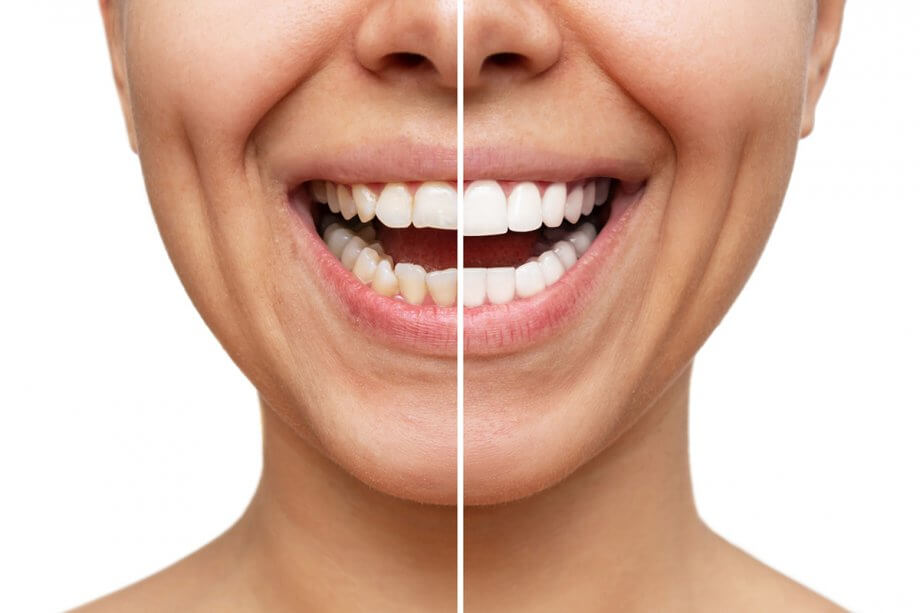🦷 How Is a Decayed Tooth Root Extraction Done?
Natural teeth are not always healthy, although it is sometimes forgotten by people. A grin may be alright from the outside, but at the same time, inside decay can be taking over the tooth down to the root. And if decay is severe, the only way to get rid of the decay or decay to such an extent may be by simple extraction of the tooth.
So, decayed tooth root extraction is the method to employ. It stops infection, removes the root from the jaw, and, thus, leaves the area ready for other treatments. At Lema Dental Clinic in Istanbul, Turkey, patients are frequently receiving the extraction and immediately they are performing the restorations, which have a great impact on their lives, such as dental implants, veneers, or a Hollywood Smile, besides fixing the damage, but also producing a smile even better than the original one.
What is Decayed Tooth Root Extraction?
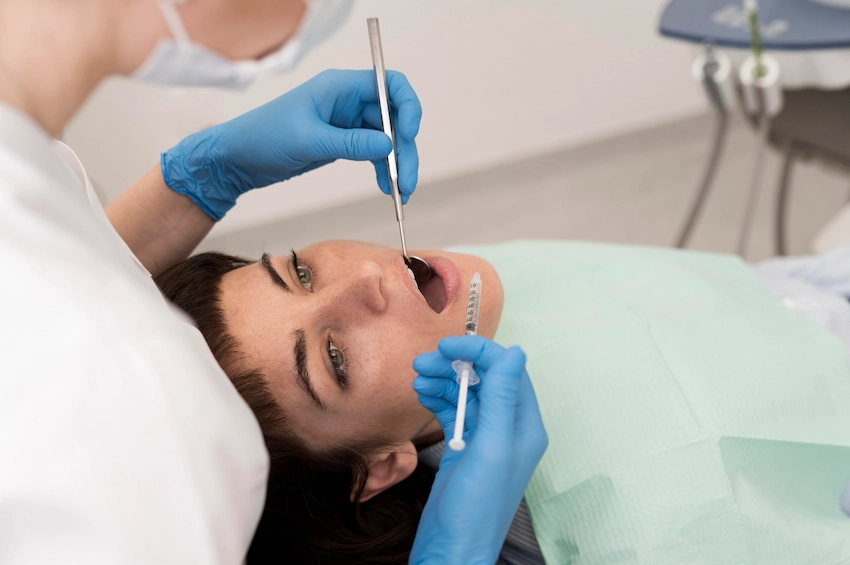
Decayed tooth root extraction occurs when a dentist removes the root, which is the last leftover part of a tooth from the jawbone. This is generally a result of the dental crown, which is the top part of a tooth, having been fractured due to decay, injury, or unsuccessful dental work.
The root may be infected, damaged, or causing pain. So if it is still inside your gums, it will lead to dental problems, although it is not visible. The problem is eliminated with extraction; besides, swelling and pain disappear, and the area is ready for installation–be it an implant, bridge, or smile makeover.
Reasons for Decayed Tooth Root Extraction
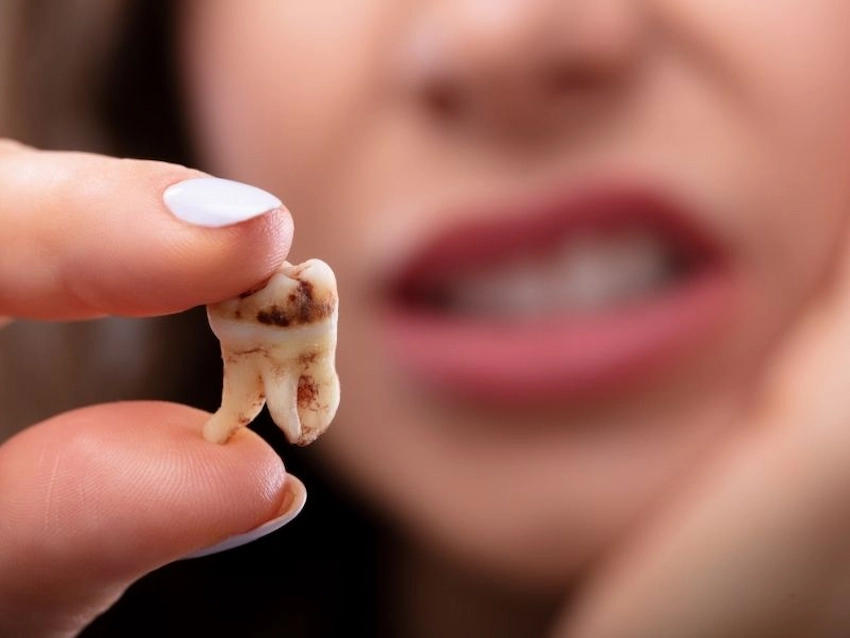
Root decay removal has turned out to be the only solution in many instances, and though the reasons are not merely for aesthetics, they are equally important in terms of health:
- Severe tooth decay – In such situations, the bacteria have consumed the crown, and at the same time, they have damaged the root.
- Infection or abscess – If the decay has reached the pulp, causing an abscess, extraction will likely be the only way to get rid of the problem.
- Fractured teeth – There is a possibility that the crack has gone so far that it has reached the root, thus making the tooth unable to be saved.
- Failed root canal – If the treatment has failed, and the infection has come back, then the removal of the root is the safest option.
- Preparation for dental implants – The removal of a damaged root is the first step towards a brand-new artificial tooth.
At Lema Dental Clinic, these cases are being managed with the most advanced imaging technology and precision instruments to make the procedure quick, secure, and as comfortable as possible.
How is Decayed Tooth Root Extraction Performed?
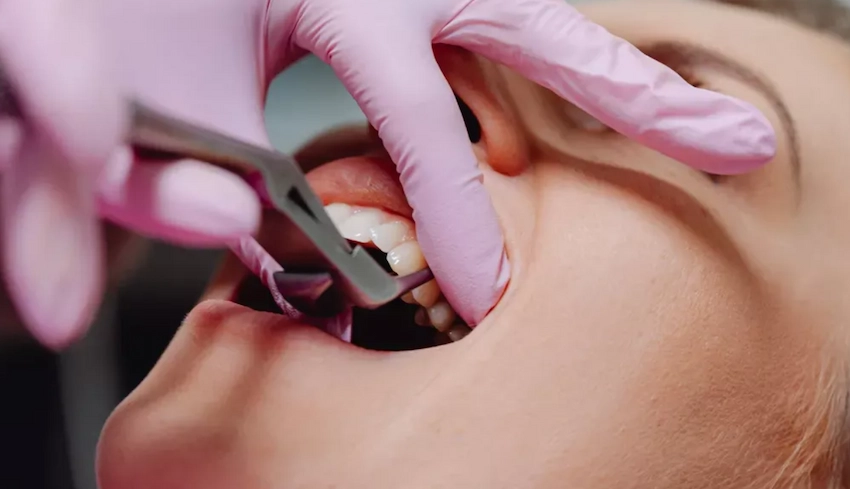
The term “tooth surgery” might scare you, but it is quite a simple and efficient procedure with the use of modern dental techniques. The step-by-step guide of the procedure is as follows:
- Examination and X-rays – The dentist takes a look at the area both visually and with the help of X-rays in order to find the location of the root and how best to remove it.
- Anesthesia – The procedure is carried out with the help of a local anesthetic, which is injected in the specific area, and hence, there is no pain during the process.
- Accessing the Root – In order to get hold of the root, a small cut may have been made in the gums.
- Loosening the Root – The root is detached from the surrounding bone with the help of very gentle instructions.
- Extraction – The root is taken out, adhering to all safety measures in one piece; if it’s hard to take it out, it’s first separated into smaller sections.
- Cleaning and Stitches – To avoid the occurrence of infection, the area is cleaned, and there might be some stitches to give the area support during healing.
This procedure is usually completed in less than an hour; hence, patients can go back home the same day.
Tooth Extraction with Only the Root Remaining
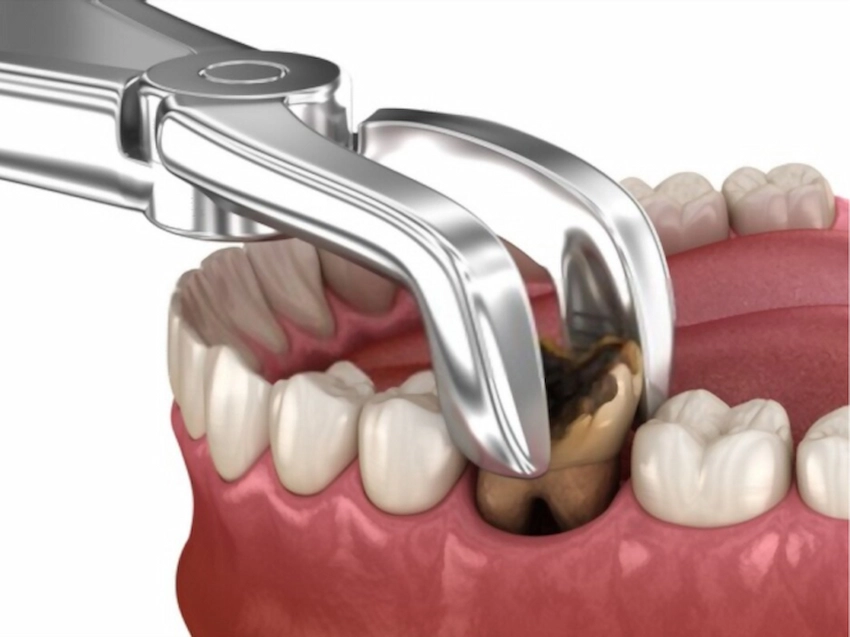
If only the root is left, the problem is usually more complicated than a usual extraction. In a situation where the crown is missing, dentists have to perform the procedure under the gum. This is a surgical extraction, and it generally needs a more cautious approach.
As a part of it, a small piece of gum tissue is lifted and, at times, a small piece of bone is removed to free the root. The outcome? A space that is safe and clean, and can be restored, such as:
- Dental implants that offer a permanent replacement are the best option.
- Porcelain veneers can be used to make the smile attractive after the restorations.
- Hollywood Smile treatments can be used for a complete transformation.
What Happens if the Remaining Tooth Root Is Not Extracted?
Not removing a decayed tooth root from your mouth is very harmful. Eventually, it can:
- Create a source of recurring infection and swelling.
- Ruining the health of the adjacent teeth and gums.
- Causing bone loss in the jaw that, over time, can make implant placement more difficult.
- Contributing to the overall health’s deterioration as oral infections can travel to other body parts besides the mouth.
This is the reason why dentists identify removal as the number one solution — particularly if you are going to have a dental implant or bridge to replace the missing tooth.
Why Natural Teeth Aren’t Always “Better”
Many people believe that holding onto their natural teeth is always the most excellent option. While this is valid for some situations, a harmed or decayed tooth can cause more trouble than good. It can become a source of bacteria, be the cause of bad breath, and affect your bite.
At Lema Dental Clinic, things are done quite simply: they try to save a tooth at all costs. However, if a replacement is necessary, they go for a good quality one that looks natural and makes your smile healthier and more eye-catching than before.
FAQ: How Is a Decayed Tooth Root Extraction Done?
It is capable of bringing infection, swelling, and pain, as well as loss of bone. Besides, the person may get more severe dental problems later.
Of course, the dentist can perform a surgical procedure to remove the root by surgical removal even if there is no crown.
Root removal, in some cases, can be more difficult than regular removal. But with the help of modern tools and anesthesia, the procedure is usually quick and painless.
Decay will eventually get deeper into the jaw if the process is not stopped, and this will lead to the bone being damaged, and the surrounding teeth will be affected as well.
Most people recover within 1–2 weeks; however, full recovery of the bone can take several months, particularly if a dental implant is to be placed.

